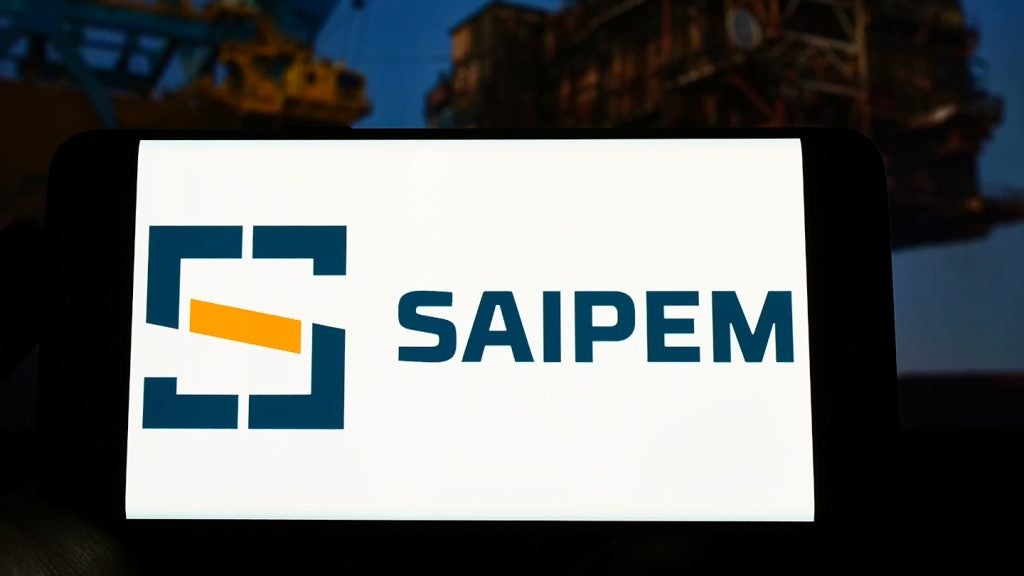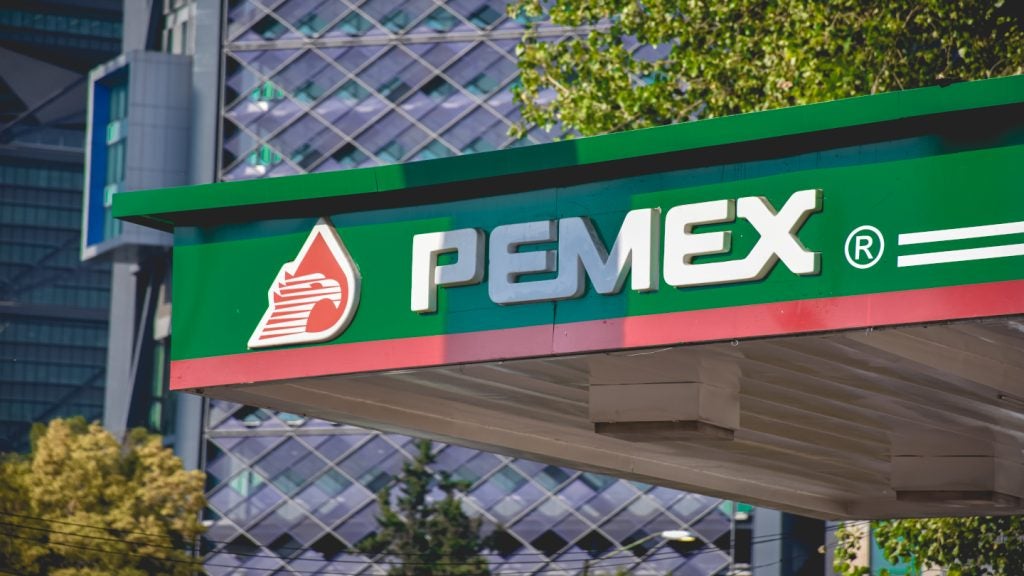Because they are installed in highly corrosive environments, offshore oil and gas platforms and infrastructure require a high level of marine cathodic protection.
This comes in the form of specialised coatings and preventive maintenance to extend the component service life and ensure operational safety.
Corrosion detection methods are essential to quickly identify and address defects to prevent permanent damage to offshore structures.
Industry leading suppliers of offshore cathodic protection, marine coating solutions and insulation products
Our Offshore Technology team has researched listed some of the industry leading providers of corrosion protection products.
These include protective coating solutions, aluminium and zinc sacrificial anodes, corrosion inhibitors, and corrosion-resistant coatings, based on its intel, insights, and decades-long experience in the sector.
See Also:
Our extensive list includes some of the leading providers of corrosion detection methods, thermal and cryogenic insulation systems, flange protection products, cathodic protection systems, and galvanic protection solutions.
Within the download document we have included a wealth of invaluable industry information.
This content has been compiled and designed to inform and assist offshore corrosion protection technicians, corrosion control engineers, facility corrosion engineers, asset integrity engineers, and pipeline operations managers.
Our download also contains some highly detailed information on the suppliers and their product lines, alongside contact details for procurement teams where needed.
Corrosion prevention and marine cathodic protection solutions for offshore structures
Offshore structures and pipelines are vulnerable to internal and external corrosion.
The flow efficiency in pipelines can be affected if internal corrosion prevention methods are not used.
Cathodic protection along with a high-efficiency protective coating is the most common corrosion protection solution used for offshore structures and pipelines.
Galvanic or sacrificial anode cathodic protection systems and impressed current systems are the two main types of cathodic protection solutions.
Some of the more commonly used protective coating solutions include, without being restricted to:
-Fusion bond epoxy-based coatings
-Metal and thermal spray coatings
-Fibre-reinforced polymer coatings
-Abrasion-resistant coatings
-Glass flake coatings
-Coatings containing polyurethanes and polysiloxanes
Corrosion prevention and protection can also be achieved using corrosion inhibitors and insulation products.
Corrosion inhibitors are chemicals such as urotropine, thiourea and ruthenium, while insulation products are thermal-acoustic insulation systems and polymer-based covering materials.
Design criteria for choosing corrosion protection solutions
Several variables need to be considered before choosing the right corrosion protection solution for offshore oil and gas structures.
Some design criteria that needs to be considered are:
- Operational life
- Dimensions of the offshore structures
- Geographic location
- Water depth
- Type of protective coating, and
- Installation method
Corrosion detection methods
Regular inspection and use of corrosion monitoring equipment can ensure corrosion prevention and avoid equipment failure.
Corrosion coupons, linear polarisation resistance, electrical resistance, and electrochemical impedance spectroscopy are considered destructive corrosion detection methods.
Non-destructive methods include ultrasonic and acoustic testing, electromagnetic testing, magnetometer and di-electrometers, and magnetic flux leakage.
FAQs
What is marine cathodic protection, and why is it important?
Marine cathodic protection is a corrosion control method used to protect offshore structures, such as pipelines and platforms, from rust and degradation.
It involves using sacrificial anodes or impressed current systems to divert corrosive activity away from critical surfaces.
This ensures the longevity and operational safety of offshore assets in harsh marine environments.
What are the two main types of cathodic protection systems?
The two primary types are galvanic or sacrificial anode systems and impressed current systems (ICCP).
Galvanic systems use sacrificial metal anodes, while ICCP systems use electrical currents to prevent corrosion, making both vital for maintaining the integrity of offshore structures.
How do coatings complement cathodic protection systems?
Protective coatings such as epoxy, polyurethane, or thermal spray coatings are applied alongside cathodic protection systems to form a physical barrier against corrosion.
These coatings work in tandem with cathodic systems to maximise protection, especially in highly corrosive offshore environments.
What are corrosion detection methods used offshore?
Common detection methods include ultrasonic testing, electrochemical impedance spectroscopy, and electrical resistance measurement.
These techniques help monitor corrosion levels, enabling timely maintenance and preventing structural failures.
What factors influence the design of a cathodic protection system?
Key factors include the operational life of the structure, geographic location, water depth, and the type of protective coating used.
Each variable must be carefully considered to design an effective and long-lasting corrosion protection solution.






